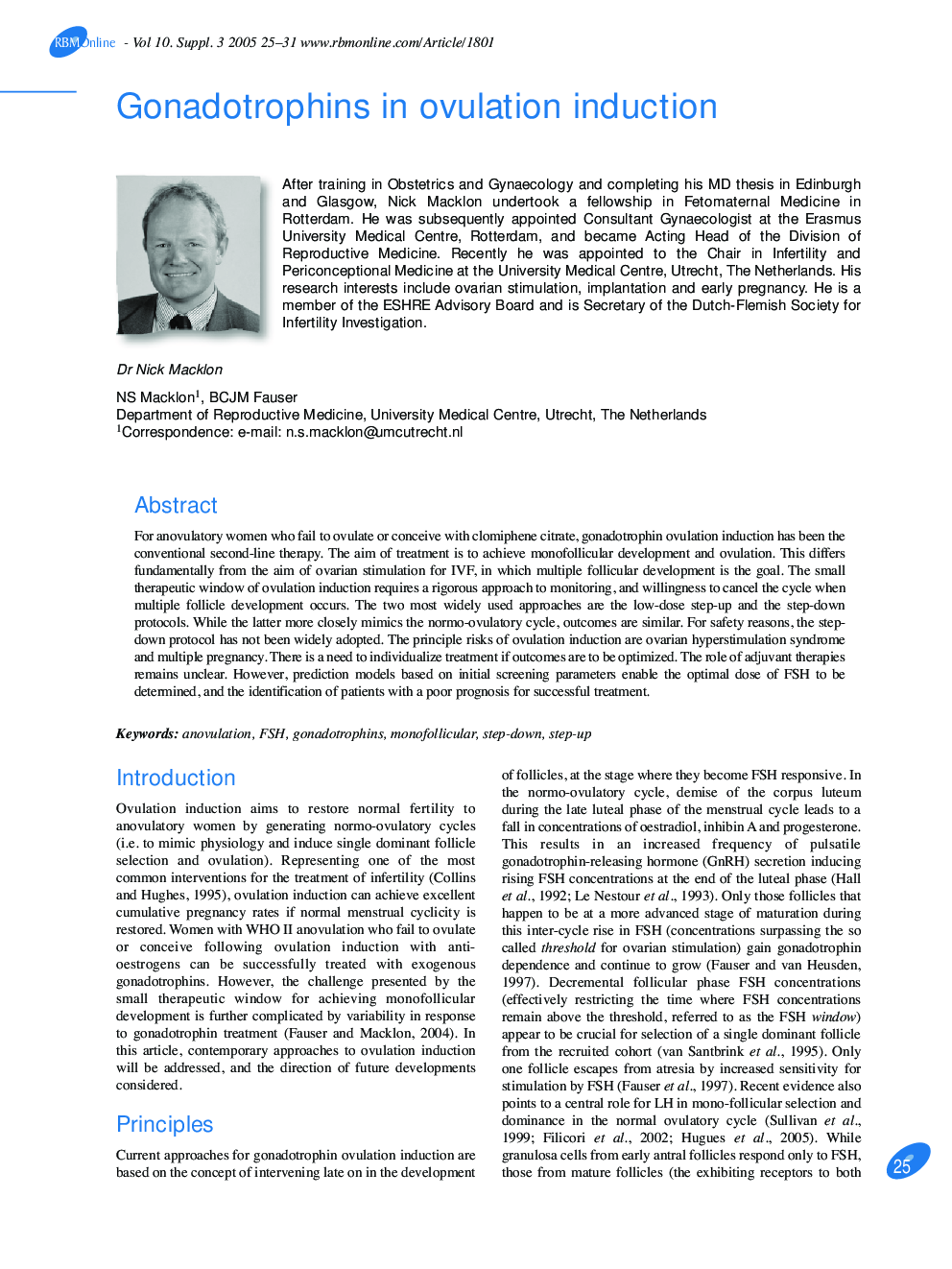| Article ID | Journal | Published Year | Pages | File Type |
|---|---|---|---|---|
| 9334957 | Reproductive BioMedicine Online | 2005 | 7 Pages |
Abstract
For anovulatory women who fail to ovulate or conceive with clomiphene citrate, gonadotrophin ovulation induction has been the conventional second-line therapy. The aim of treatment is to achieve monofollicular development and ovulation. This differs fundamentally from the aim of ovarian stimulation for IVF, in which multiple follicular development is the goal. The small therapeutic window of ovulation induction requires a rigorous approach to monitoring, and willingness to cancel the cycle when multiple follicle development occurs. The two most widely used approaches are the low-dose step-up and the step-down protocols. While the latter more closely mimics the normo-ovulatory cycle, outcomes are similar. For safety reasons, the step-down protocol has not been widely adopted. The principle risks of ovulation induction are ovarian hyperstimulation syndrome and multiple pregnancy. There is a need to individualize treatment if outcomes are to be optimized. The role of adjuvant therapies remains unclear. However, prediction models based on initial screening parameters enable the optimal dose of FSH to be determined, and the identification of patients with a poor prognosis for successful treatment.
Related Topics
Health Sciences
Medicine and Dentistry
Obstetrics, Gynecology and Women's Health
Authors
Dr Macklon, BCJM Fauser,
